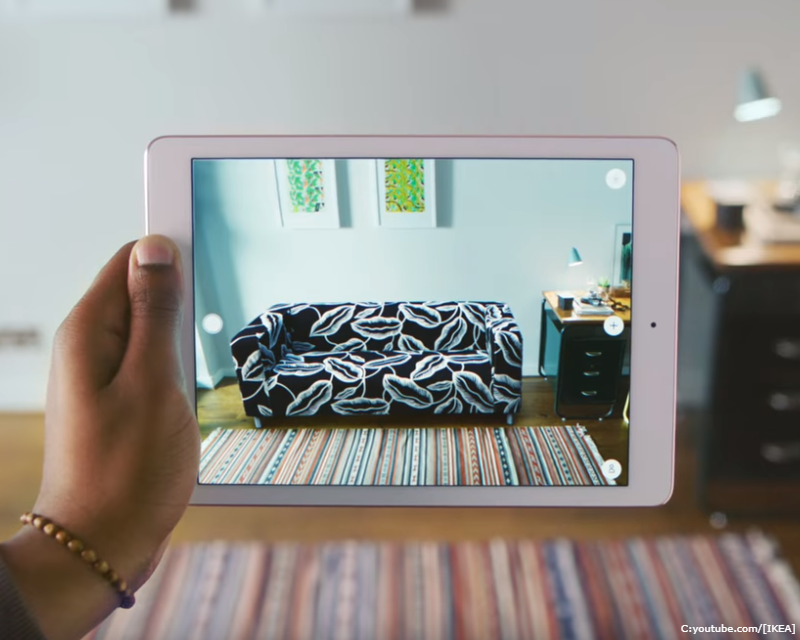
Marketers are always on the hunt for the latest in innovative tech in a quest to snare prospective customers with the wow-factor.
Augmented reality (AR) and virtual reality (VR) are two such technologies touted as the next to revolutionise the retail landscape, however, a new study by Censuswide and payments provider Klarna suggests customers don’t share the same enthusiasm.
Interviewing 2,000 shoppers, the study revealed that four in five had no interest in these technologies, suggesting that marketers are inclined to tick the shiny-new-tech box despite it not exactly chiming with customers’ wants and needs.
Asking 50 retail decision-makers themselves, the study found that while 38 percent listed the creation of online personas and avatars as a key priority, 28 percent of consumers just wanted to see a broader variety of clothes.
While 32 percent of retailers planned to create virtual stores which could be browsed online, meanwhile, just 10 percent of consumers said they would be interested in using this feature in the future.
The findings by Klarna are compounded by those of a recent eMarketer report which, focused on the new technologies that could improve m-commerce experience, found that just a third of millennials in both the UK and US favoured ‘try before you buy’ AR.
Instead, the majority (62 percent) cited visual search as a preference, while 58 percent said they’d benefit from ‘click to purchase’ content, through images, videos, articles, blogs and user-generated content on social.
It’s not to say, however, that there is no place for AR and VR-based tech in marketing. IKEA’s Place app, which allows shoppers to virtually place its furniture in their house, is a practical use case. Meanwhile, this summer Facebook tested AR ads which would allow users to ‘try on’ items from brands, such as cosmetics and clothing.
In a recent article on Marketing Tech entitled ‘Just how realistic a goal is augmented reality in marketing?’ Fifty Five and Five’s Sam Gowing envisaged the technology’s use in the B2B marketing space, where AR could be used for virtual conference meetings.
“When so much of communication is based on body language, and online meetings have a higher ratio of people not paying attention, the introduction of AR could be a boon and a great medium to providing more compelling sales pitches,” wrote Gowing.
While a measured and thoughtful approach to these technologies can see real utility that helps customers in the consideration phase, in a wider sense, AR and VR seem to serve as more of a PR piece. On how marketers should move forward with the technology, Gowing puts it well.
“While marketers would be commended for leading the way, and put themselves at a considerable advantage, the risk will remain high until the market is more mature. For now, though, marketers will do well to keep an eye on the evolution of augmented reality to see where it goes in the future.”
 Interested in hearing leading global brands discuss subjects like this in person?
Interested in hearing leading global brands discuss subjects like this in person?
Find out more about Digital Marketing World Forum (#DMWF) Europe, London, North America, and Singapore. <





